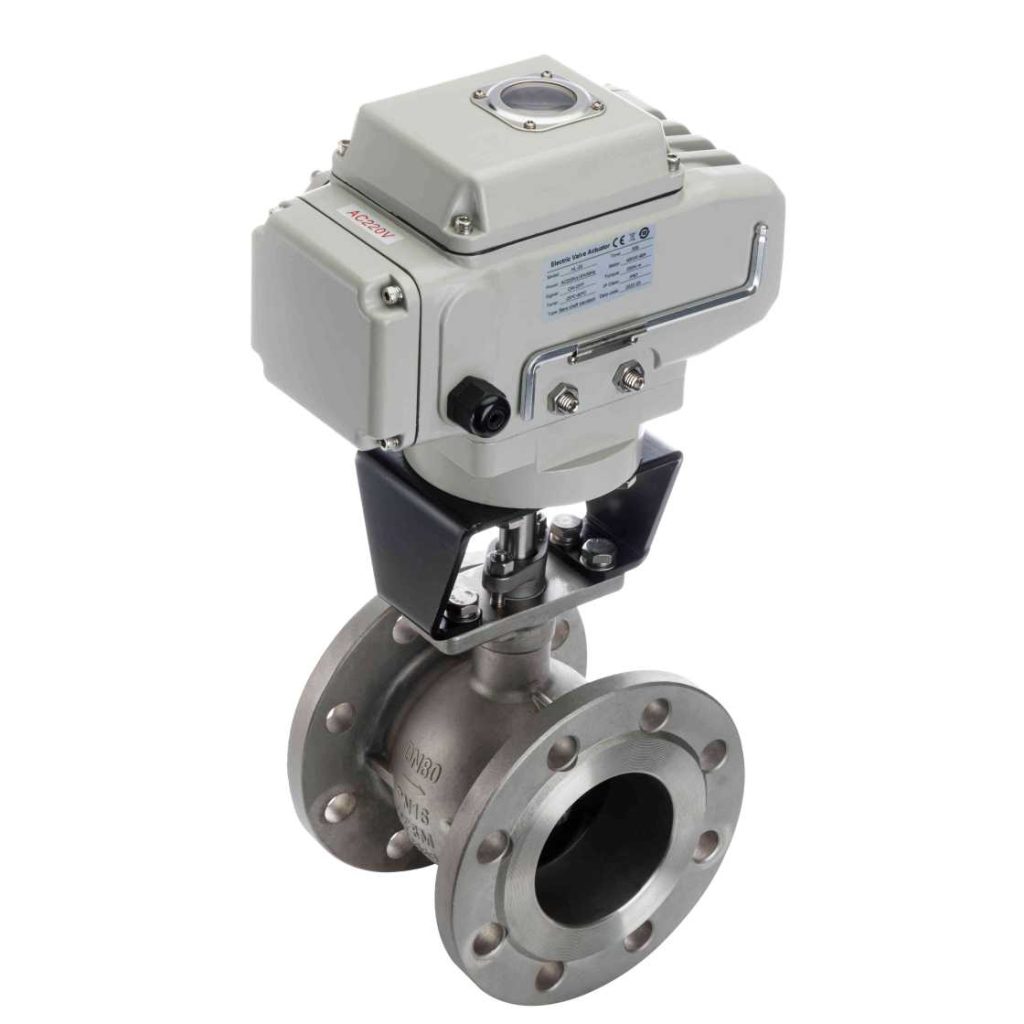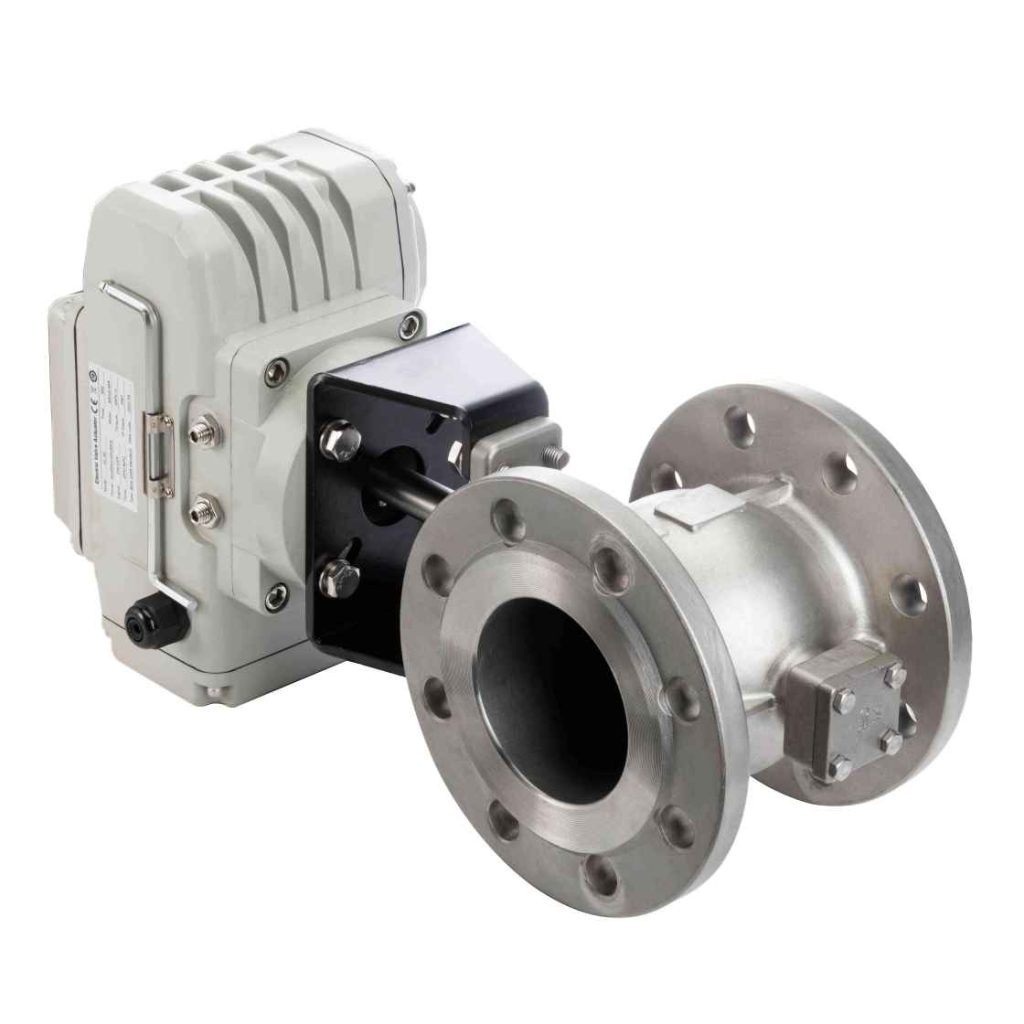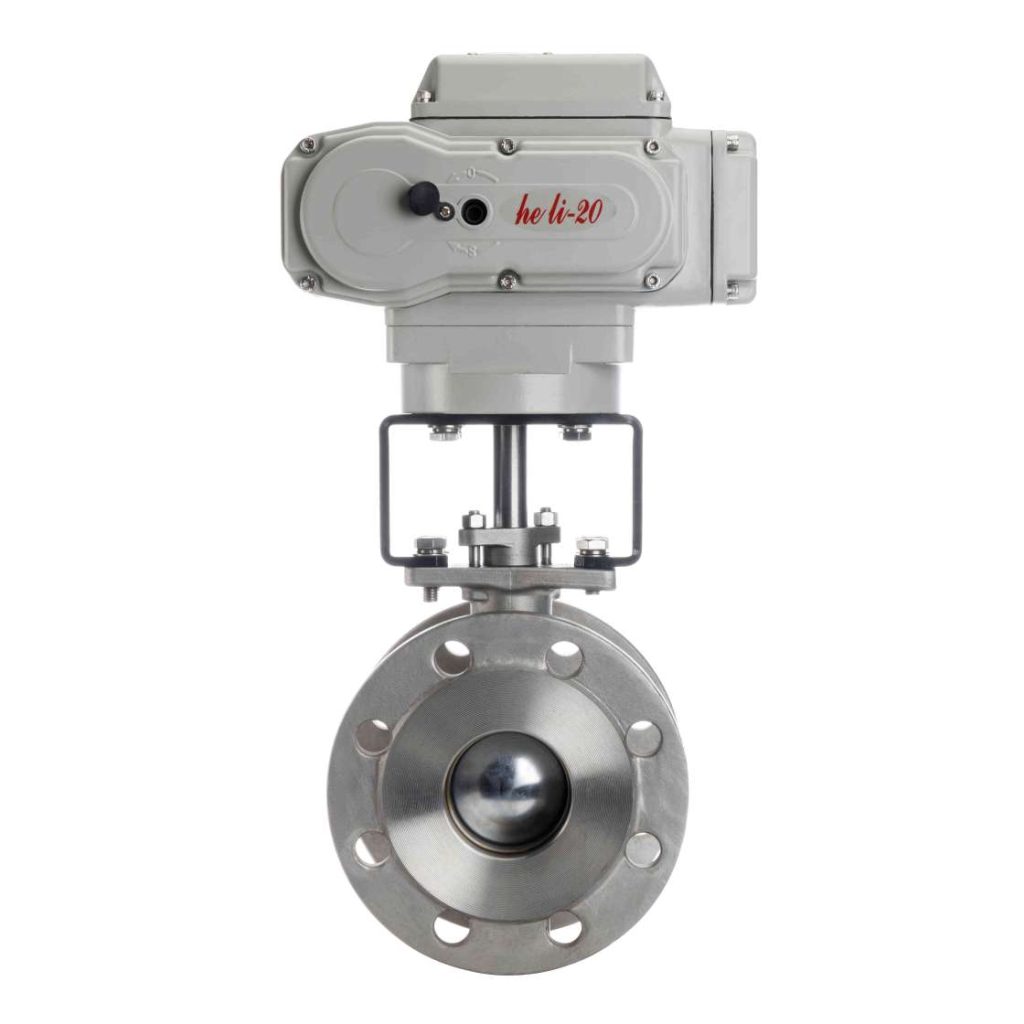In the vast landscape of industrial valves, the WCB Electric V-ball valve stands out as a unique and versatile tool. Its design, functionality, and adaptability make it a crucial component in various industrial processes. This article aims to delve into the intricacies of the WCB Electric V-ball valve, exploring its structure, characteristics, and applications.

The WCB Electric V-ball valve, as its name suggests, is composed primarily of WCB material, which stands for Cast Steel with Carbon content approximately 0.3%-0.6%. This material ensures the valve’s durability and resistance to corrosion, making it suitable for a wide range of operating environments. The heart of this valve lies in its V-shaped ball, which offers a unique advantage over traditional valves.

The V-shaped design of the ball allows for precise flow control. As the ball rotates, the V-shaped opening adjusts the flow area, enabling fine-grained regulation of media flow. This feature is especially valuable in applications where accurate metering or throttling is crucial. Moreover, the sharp edges of the V-shape provide a shearing effect, effectively cutting through fibrous or particulate media, reducing clogging and ensuring smooth operation. The electric actuation of the WCB Electric V-ball valve adds another layer of convenience and control. The electric actuator allows for remote operation, either manually or through automated systems. This flexibility means that the valve can be easily integrated into complex control systems, enabling precise and responsive adjustments to flow conditions.
